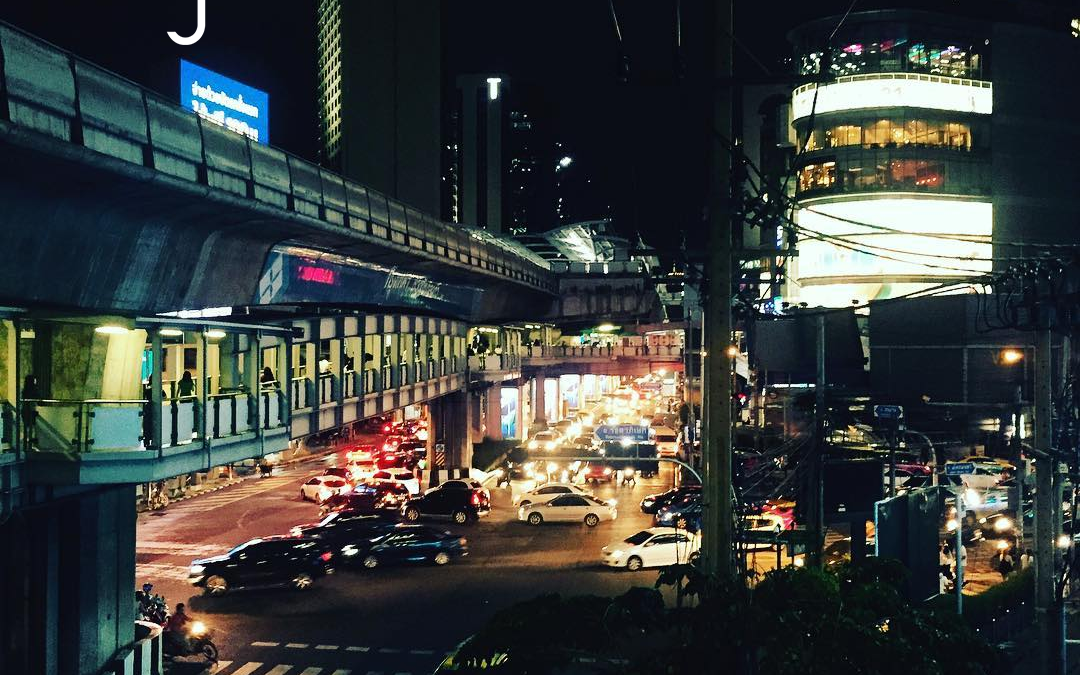Over two centuries ago, the beautiful country of Thailand was known as Siam. The capital, Ayutthaya, was an approximate 85 kilometers north of Bangkok. The era of Ayutthaya was a time of growth for the nation. During the 417 year period, 33 kings sat on the throne and the capital became a business hotspot. The city was home to a million people. Today, Ayutthaya is no longer the capital. However, a trip there would surely be worthwhile. Nestled in the junction of 3 rivers (Chao Phraya, Pa Sak, and Lopburi), the ancient city now houses a number of ruins, museums, and religious structures.
During the 1782 clash with Burma, Ayutthaya was hard hit. King Rama I made the decision to relocate the capital to what was then known as Bang Makok (“Place of Olives”). Bang Makok had already been established as a trading post at that time, and had a lot of room for expansion. The city was soon renamed as Bangkok. The king had chosen that location for the capital due to its strategic advantage in case of future attack. In Ayutthaya, the palace had been built in the midst of religious buildings. As a result, expansion wasn’t an option. The capital of Bangkok started taking shape, built with the power of captives from the war. The canal system was developed and walls for protection were built. The grand temple for the capital was deemed too important for war prisoners to build, so the king brought in the professional skills of craftsmen from Ayutthaya. In 1785, construction ceased as the city was deemed complete. Its name was changed to Krung Thep, which means “City of Angels.” That name didn’t stick and until today, it is still known as Bangkok.
Even in that era, China’s presence in Thailand was unmistakable. China’s merchants were living in an area that King Rama I wanted to erect Wat Phra Kaew – the Temple of the Emerald Buddha. The king then offered them a piece of land to move to. Upon contemplation, the businessmen decided to take the offer and take their homes and families to what we now call Chinatown.
King Rama III was known for his enthusiasm for temple-building. Bangkok is filled with temples, and many that we see today were constructed in the early 19th century during the reign of this king. When King Rama IV eventually succeeded his predecessor, he began his reign by initiating construction of Bangkok’s first road. After that, the development of infrastructure quickly built up speed. Soon, the richest families in the capital were able to get around the city in buggies and rickshaws.
The car made its debut in the early 1900s, and as it gained popularity, more road began to be built. As the obsession with cars grew, many canals were filled in as to make room for more land. Even so, many people got around with the river system.
In 1932, Thailand instituted a constitutional government. In order to help the adjacent area grow, the headquarters were set in Thonburi. The development of the area ceased slightly during the Second World War as soldiers populated part of the area. As the war waged on, the Seri Thai (Thai resistance) came into existence, gathering intel to help the allies undermine the Japanese.
A couple years later, another invasion – during the Vietnam War, this time – stimulated Thai economy. The American soldiers made up the target market of a whole new industry. The karaoke bars, shady nightclubs, and massage parlors making up the sex trade is still a part of Thailand today. The increase of cash flow in the country helped Bangkok finance infrastructure. Even so, there wasn’t enough invested in roadways or public transport, as demonstrated by economic boom a few years later.
People in Thailand didn’t see the 1997 economic crash until it was right upon them. But of course, they were able to tough it out and recuperate in no time at all. Now, Thailand acts as the financial hub of Southeast Asia for both the East and the West.
The Indulge Fusion Food & Cocktail Bar specialises in authentic Thai food, based in Asoke, we’re easy to reach & convenient. Get in touch or book your table today!

